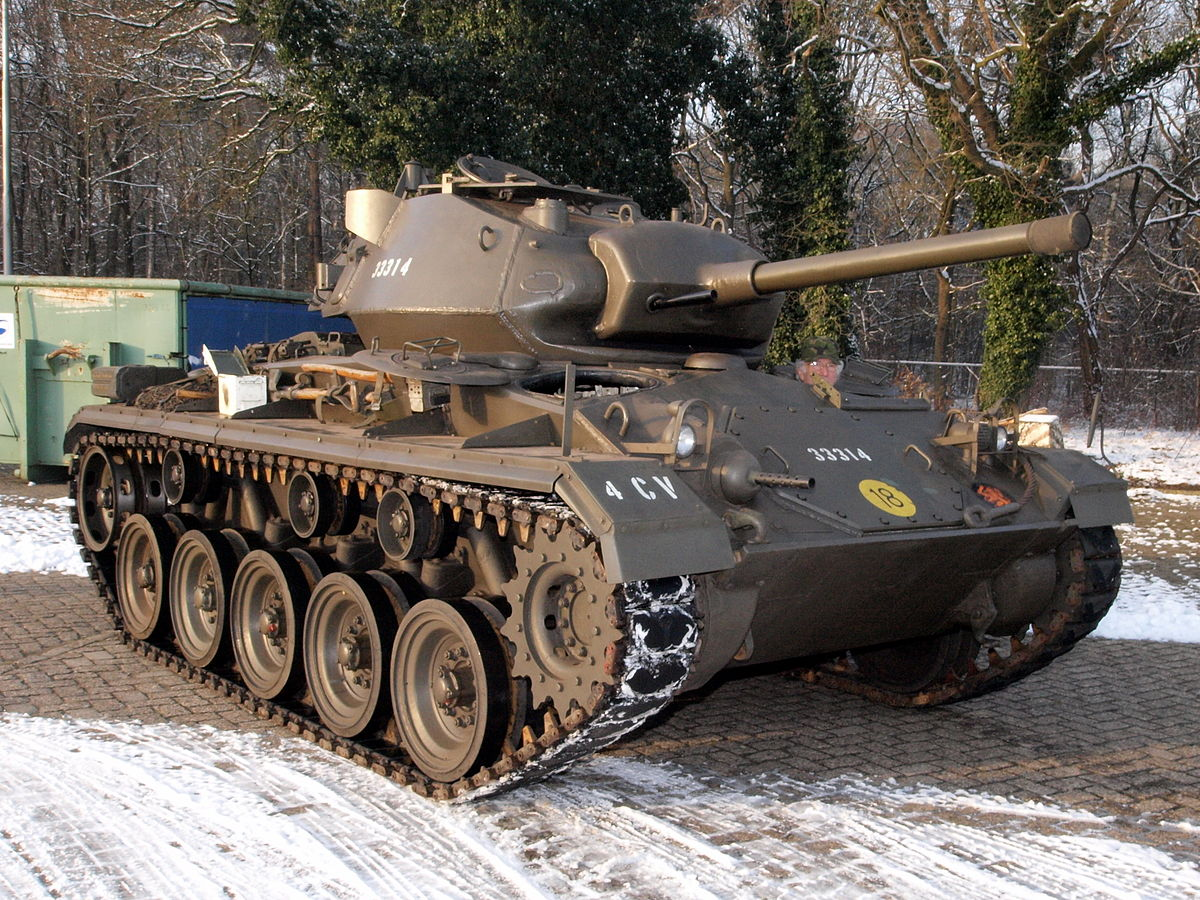Historian in Residence: Massey Made Tanks
Shelly McElroy is the 2022 Historian in Residence
Image provided by Shelly McElroy.
Previously we explored how Cockshutt, a small Canadian tractor manufacturer, pitched in to give wings (and landing gear, manifolds, and pilot seats) to the war effort during World War Two. Today, we are bringing you a look at another famous Canadian tractor brand and their contributions. Massey-Harris also built parts for aircraft, including wings for Mosquito bombers in 1940, but in this article, we are focusing on how a company that had so much experience designing and building tractors made from heavy materials such as cast iron and steel now turned to the production of another mechanical behemoth: tanks.
Image provided by Shelly McElroy.
While simultaneously producing the Models 21 and 22 self-propelled combine, Massey-Harris was contracted (as were most companies) to produce fighting vehicles for the United States Army, and began production in late 1942 with the M5 and M5A1 Stuart. These light tanks were cramped and outdated for use in Europe, armed with a 37mm main gun, but proved to have great success in the Japanese theatre of war against smaller enemy tanks. American high command appreciated having the ability to use older tanks reliably. These tanks numbered at roughly 1,380.
After the Stuarts were deemed effective but outdated in early war trials, a new light tank was sought by the military, and in 1944 the M24 Chaffee had been put into production and service by Massey-Harris. Its 75mm main gun offered better penetration than the Stuart’s 37mm, and an improved drivetrain offered better performance even with heavier weight. Tank crews in Europe appreciated its speed and agility in combat. These tanks numbered roughly 1,140 and were used throughout the Korean War and beyond.
Image provided by Shelly McElroy.
Massey production stopped, like all contracts, as the war ended in 1945, having produced roughly half of all variants of these two tank models. Following the war their defence department built M44 and M17 gun carriages for use as foreign aid.
Massey also made an impact on the Royal Canadian Airforce (RCAF) with a little tractor called the MH-81. Available from 1941, the MD-81 was available in two versions: as a row crop tractor, or as a standard-tread model. The RCAF bought “Standards”, painted dark blue, for towing work on airfields.
Image provided by Shelly McElroy.
THE BATTLE FOR BREAD
What about agriculture? Massey-Harris continued to work on their agricultural products throughout the duration of the war. The company had been experimenting with self-propelled harvesters for two decades by the beginning of the war, and as farm labourers left to join the war effort, being able to replace manpower with mechanized labour became a priority for the government. The M-H Model 21 was ready to go by 1940, and it had more capacity than pull-type combines. The company was given a large ration of steel. In 1944, the Massey-Harris ‘Harvest Brigade’ of five hundred No. 21 self-propelled combines travelled 1,500 miles through the United States to the Golf of Mexico, and back to the Canadian border.
The Grand Island Daily Independent, 1944. Image provided by Shelly McElroy.
In 1944, there was a particularly interesting plot twist. Massey-Harris was an international corporation and had opened a sales office in Berlin in 1886. In 1944, their plant at Westhoven, Germany was demolished by Allied bombing, although approximately two hundred combines survived the war undamaged and could be sold in Germany. After WWII ended in 1945, one hundred and fifty employees began working again in the nearly destroyed factory with the production of agricultural machinery, spare parts and precision roller chains.
The Grand Island Daily Independent. Image provided by Shelly McElroy.
Read More:
The Massey Legacy Volume One by John Farnworth
The Big Book of Massey Tractors by Robert N. Pripps
https://tanks-encyclopedia.com/ww2/US/M5_stuart.php
https://www.fdmuseum.org/exhibit/m5-stuart-tank/
Shelly McElroy is the curator of Pioneer Acres Museum in Irricana, Alberta. Pioneer Acres Museum is one of the largest agricultural and industrial history museums in Alberta with a collection of thousands of artifacts. Shelly has a background in education, agriculture, counselling, and museums. Her primary field is the natural grass pasture behind the museum where she works that is full of crocuses, meadowlarks, and the occasional unwelcome skunk.
The Historian in Residence is presented in partnership with Calgary Public Library.







